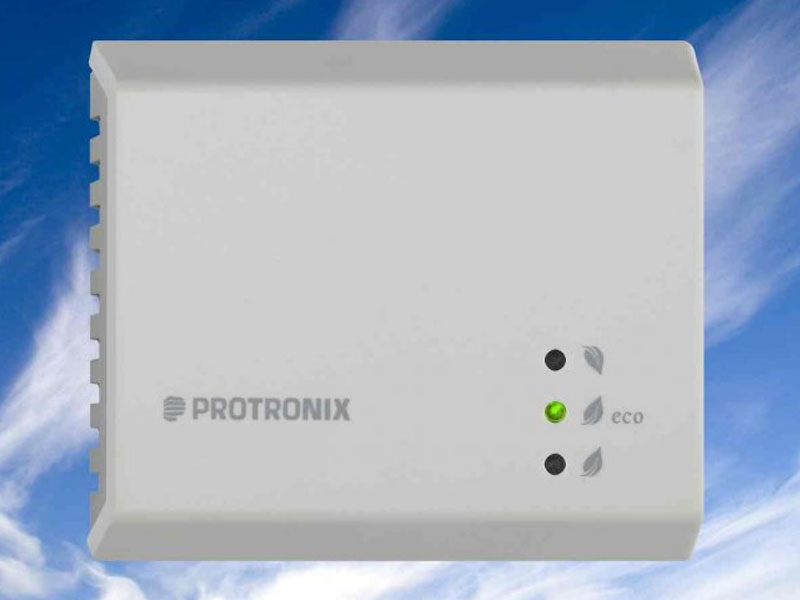Get sensors for your home
As people now spend a large part of their time indoors, a great deal of emphasis is placed on indoor air quality. Most often, ventilation systems are used to provide ventilation, bringing outside air into the interior and exhausting indoor air with high humidity, odours and fumes. However, most ventilation systems operate on a time-controlled basis. This means that the ventilation is set to a certain constant output. This is ventilation that exchanges a given number of cubic metres of air per hour, regardless of the actual number of people in the ventilated space. Simply put – in some cases there is insufficient ventilation, and in other cases ventilation is provided when it is not needed at all. From an energy and economic point of view, this is a very inefficient solution.
For energy saving reasons, ventilation systems use so-called recirculation, whereby a significant part of the indoor air is mixed with the outdoor air, which is then heated or cooled. The result is poor indoor air quality.
Effective solution
Air quality sensors are an essential part of all public buildings, especially in developed Western countries (e.g. in France, regulation is by law), and are also widely used in households. The most common reasons for their use are energy and economic benefits – the sensors precisely regulate ventilation, which is a great advantage in public buildings with a variable number of people inside. They also serve to detect cigarette smoke, kitchen fumes in restaurants and are used in manufacturing processes.




